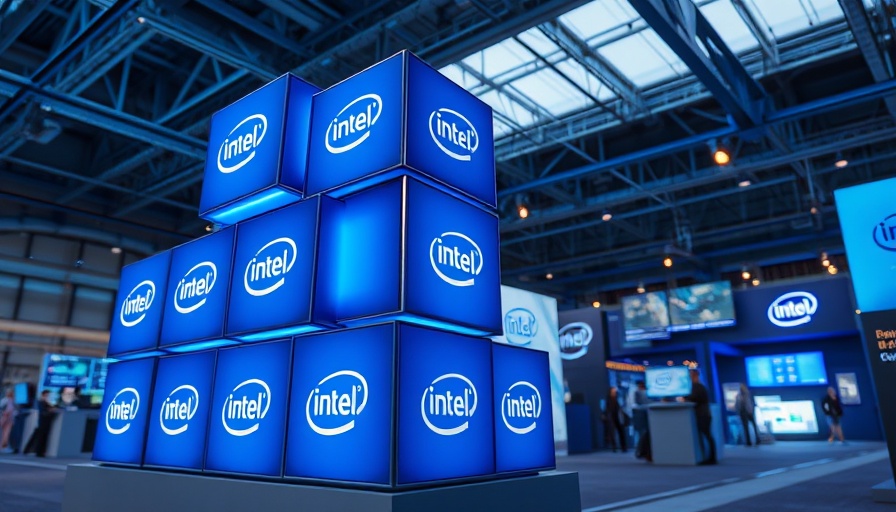
Intel's Ohio Chip Factory Delayed: What It Means for the Future
In a significant shift for the tech industry, Intel has announced a prolonged timeline for its ambitious $28 billion chip factory project in New Albany, Ohio. Originally slated to commence production in 2025, the company now anticipates that its first fabrication plant will not begin operations until 2030, marking a substantial delay that raises questions about the company's future and the semiconductor landscape in the United States.
Understanding the Delay and Implications for Employment
The new timeline means that Intel’s factory opening will be pushed back at least five years. As stated by Intel Foundry Manufacturing general manager Naga Chandrasekaran, this cautious approach not only harmonizes production operations with market demand but also addresses financial viability amidst ongoing losses—Intel reported an $18.8 billion net loss for 2024. Additionally, with the high stakes of the semiconductor sector amid rising competition from Asian manufacturers, the adjustments reflect a strategic pivot rather than a complete halt to operations.
Despite the delays, local and state officials remain optimistic about the project's trajectory. The initiative is heralded as one of the largest private investments in Ohio’s history, expected to eventually foster about 10,000 jobs—7,000 in construction and 3,000 permanent positions. JobsOhio, the state's economic development arm, has reaffirmed support for Intel, highlighting the long-term benefits the factory will provide for state and national economic security.
The Bigger Picture: National Defense and Economic Strategy
This project is part of a broader U.S. effort to bolster domestic semiconductor production—a critical sector for national defense and technological independence. Intel’s commitment to Ohio is underpinned by $7.9 billion in federal funding from the Biden administration aimed at onshoring semiconductor manufacturing. However, recent market fluctuations and financial struggles have prompted Intel to delay the project while still progressing with construction. Approximately $3.7 billion has already been invested locally, demonstrating the company’s commitment to its Ohio operations.
How Market Dynamics Shape Future Production
With increasing demands for semiconductors driven by the AI revolution, Intel’s strategy illustrates the delicate balance between investment and market dynamics. While the current timeline indicates slower operations, an uptick in consumer and marketplace demand could expedite construction activities significantly. Stakeholders in the region continue to express confidence that Intel will ultimately rise to meet the challenge of the evolving market landscape.
As Ohio embraces this transformative opportunity, it’s essential for stakeholders to remain engaged and actively supportive. The future of semiconductor manufacturing in the U.S. hinges on collective resilience and strategic investment, which will ultimately serve to ensure not only the success of Intel's projects but also the overall health of the industry moving forward.
 Add Row
Add Row  Add
Add 




Write A Comment